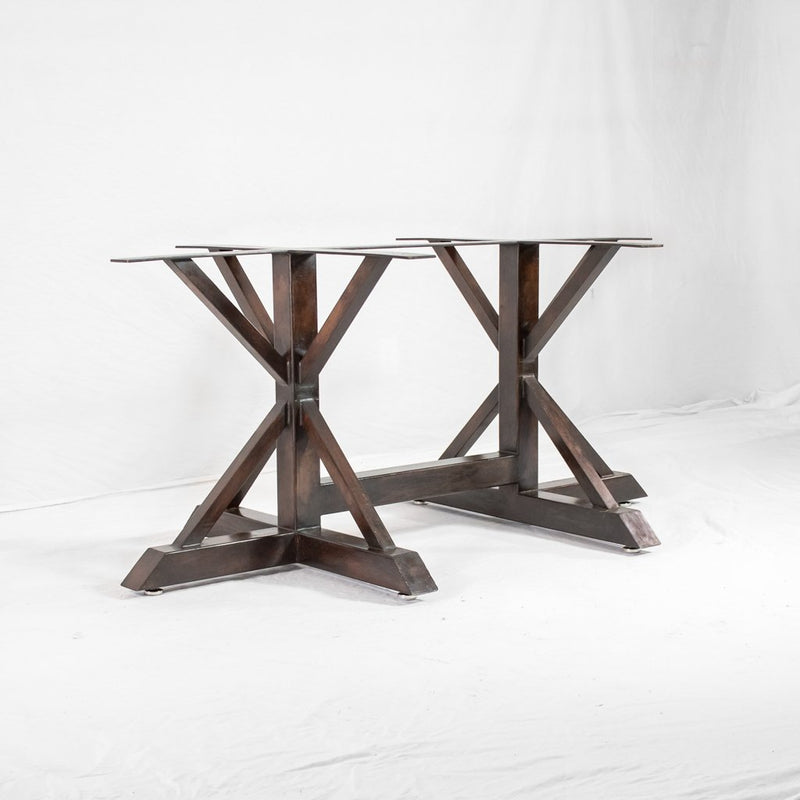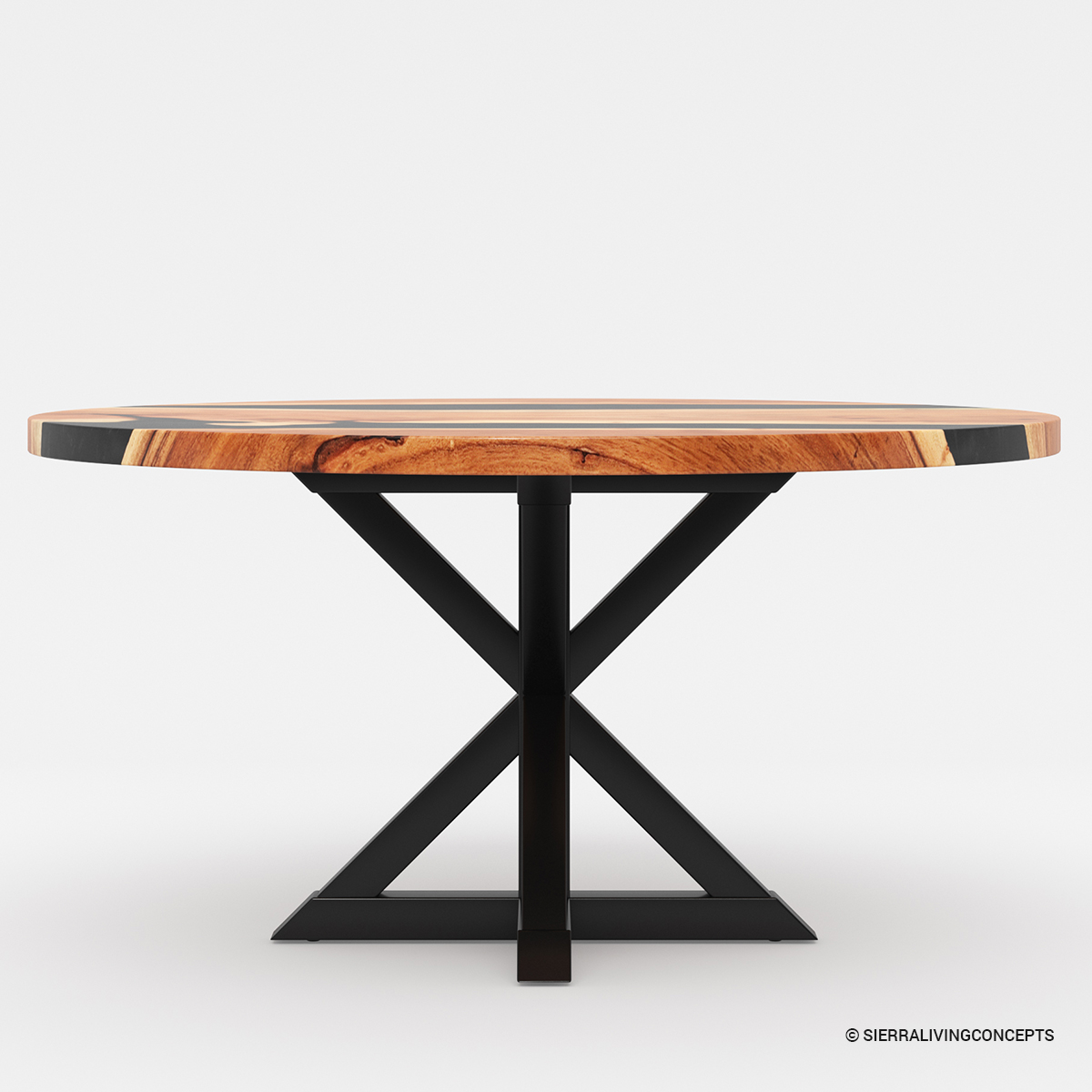Find the Ideal Dining Room Table Legs for Any Interior Design Style
Find the Ideal Dining Room Table Legs for Any Interior Design Style
Blog Article
From Standard to Modern: Find the Ideal Dining-room Table Legs for Your Style
The selection of dining room table legs plays a pivotal duty in defining the total personality of your area, bridging the space between conventional craftsmanship and contemporary aesthetic appeals. While timeless designs such as cabriole and turned legs stimulate a feeling of classic elegance, modern designs like hairpin and geometric alternatives present a chance for striking visual rate of interest. Examining the right balance between these styles calls for a nuanced understanding of your existing design and individual preference. As you take into consideration these components, the concern remains: how can you seamlessly integrate these varied leg styles to create a harmonious dining experience?
Recognizing Table Leg Styles
The variety of dining area table leg styles can significantly influence both the visual appeals and capability of the area. Each leg design contributes unique visual elements and useful attributes, accommodating diverse layout choices and use needs. Recognizing these designs is vital for choosing the ideal eating table that aligns with your overall interior decoration vision.
For circumstances, conical legs supply a tidy, traditional look that can enhance a space's elegance, while pedestal bases give security and make the most of legroom, making them excellent for smaller areas. Hairpin legs, a characteristic of mid-century modern-day layout, introduce an industrial flair, permitting a ventilated, open feel. Likewise, trestle legs evoke rustic appeal, supplying durable support and a sense of eternity.
Wooden legs can bring heat and appearance, whereas steel choices often share a sleek, modern vibe. Inevitably, comprehending table leg designs is important for developing a cohesive eating location that mirrors individual design while guaranteeing usefulness and comfort.
Standard Table Leg Options
When picking dining-room table legs, conventional options frequently symbolize ageless elegance and craftsmanship. These styles mirror a rich heritage and a dedication to quality, making them ideal for those that appreciate classic visual appeals.
One of the most legendary conventional leg designs is the cabriole leg, characterized by its graceful curved shape. This layout usually includes attractive makings and is most frequently located in Queen Anne and Chippendale furniture. An additional prominent alternative is the transformed leg, which boasts a collection of smooth, rounded forms that provide a timeless look while keeping stability.
Furthermore, the straight leg, while straightforward, offers a basic and tough structure that can mix seamlessly with a range of tabletop styles. For those drawn to ornate outlining, claw-and-ball feet legs stimulate a feeling of splendour and can offer as a sensational centerpiece in any eating space.
Lastly, pedestal bases, although not strictly legs, provide an alternate typical option that permits adequate legroom and can be magnificently sculpted. Each of these traditional leg styles adds to the total setting of an eating area, marrying feature with visual charm.

Modern Table Leg Designs
Modern table leg styles supply a varied series of styles that stress clean lines and innovative materials. These layouts usually focus on performance while working as striking prime focus within an eating area. Minimalist aesthetic appeals are common, with legs crafted from products such as steel, glass, and crafted timber, which add Recommended Site to a airy and modern feel.
One preferred style is the hairpin leg, characterized by its slender, tapered framework that supplies stability without overwhelming the tabletop (dining room table legs). This style is usually found in mid-century contemporary furnishings and can easily enhance different table shapes. One more fad is the use of geometric shapes, where legs might tackle angular or unbalanced kinds, adding visual passion and a touch of virtuosity

Blending Designs for Special Rooms
Usually, homeowners look web for to create one-of-a-kind dining spaces that reflect their individual design by blending various layout components. This method permits the consolidation of varied aesthetic appeals, resulting in an unified yet distinct setting. Pairing a rustic wooden table with smooth, contemporary metal legs can develop an eye-catching comparison that raises the area's general charm.
Additionally, incorporating vintage table legs with contemporary tabletops look at here can evoke a feeling of history while preserving a modern-day sensibility. Such combinations not just showcase private preference however additionally urge creativity, enabling homeowners to curate a room that really feels both individual and welcoming.
Color plays a crucial function in this blending process; choosing table legs that match or comparison with the existing shade scheme can improve aesthetic passion. For instance, whitewashed legs can soften the daring of a dark table surface area, creating a well balanced visual.
Tips for Selecting the Right Legs
Selecting the right table legs is important for attaining both performance and visual appeal in your dining area. Begin by thinking about the overall design of your space. Conventional setups benefit from legs that feature complex carvings or transformed styles, while modern areas might call for sleek, minimalist designs.
Following, examine the elevation and security of the legs. dining room table legs. Basic table range in between 28 to 30 inches in elevation, so make certain the legs complement this measurement for convenience. Furthermore, durable products, such as hardwood or metal, can improve stability and long life
Assess the leg shape as well-- options consist of straight, tapered, or stand styles. Straight legs use a classic appearance, while tapered legs can add a touch of style. Pedestal bases give sufficient legroom and are perfect for smaller spaces.
Conclusion
In summary, selecting the optimal dining area table legs needs careful consideration of both standard and contemporary designs. By balancing leg style, elevation, and material with the total design, a cohesive and welcoming atmosphere can be accomplished.
The variety of eating room table leg designs can considerably influence both the visual appeals and functionality of the room. Ultimately, recognizing table leg styles is crucial for developing a natural eating location that reflects personal design while making certain usefulness and comfort.One of the most famous traditional leg designs is the cabriole leg, identified by its stylish bent shape. Straight legs supply a classic look, while conical legs can add a touch of sophistication.In summary, choosing the ideal dining space table legs calls for careful consideration of both typical and contemporary designs.
Report this page